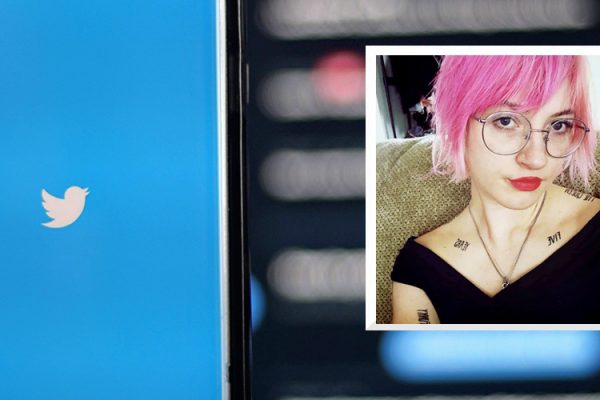You’re supposed to feel comfortable and have privacy in your home. But if you have a smart home — a house that’s equipped with lighting, heating and electronic devices that can be controlled remotely with a computer or phone — you may not not be as “alone” as you think.
Smart homes may not be secure
This new, disturbing information about smart homes comes from a paper published by Princeton’s computer science school. Noah Apthorpe, a graduate student, is the paper’s chief author.
Apthorpe and the team explain that Internet of Things (IoT) devices — physical devices that work together — typically identify themselves on their own by connecting to specific URLs or domains. Although the devices give up their information“voluntarily,” they can be profiled based on some known data and observation. To see how the researchers retrieved their data, click here to view the graph they created.
When identified, the internet service provider (ISP), which the authors “played” for research’s sake, can watch for increases in traffic, TechCrunch reported.
“What those changes in traffic mean are either self-evident or perfectly able to be inferred with a little analysis,” the researchers noted.
According to the article, people who chooses to spy on your daily goings-on may deduce:
- Whether a sleep-tracker is monitored: ISPs can track when a person goes to bed and gets up. They also can “see” how well a person sleeps and whether they wake up in the middle of the night.
- If a smart switch is watched, the ISP “views” what devices are in use and when they are in use: televisions, garages, lights, etc.
- If an IP secret camera is watched: Whatever the camera sees or detects, as well as when a person checks in on their home from afar, can be tracked.
A solution
If you have a smart home, don’t freak out just yet. The researchers suggested a fix.
“The team found that by transmitting the IoT data through a central hub (e.g. a router with a little custom software), they could effectively camouflage it by transmitting a trickle of junk data at all times,” TechCrunch reportsed. “This traffic shaping, as it’s called, doesn’t prevent the devices from working (many of them worked surprisingly well with artificially slowed connections), but it does make it hard for an attacker to tell signal from noise.”
The research indicated “a constant stream of around 40 KB/s should be more than enough,” TechCrunch added.
However, if you are subject to data caps, the fix could become pricey.
“But that system could easily be improved or made more amenable to people with limited bandwidth,” TechCrunch noted.
What this means for cam models
Everyone wants to keep their private life private, but cam models know all too well this type of breach could pose a few dangerous risks for cammers. For example, fans might be able to track your every move. They could discover when you leave your home and all the other personal activities you keep private to remain safe.
If someone potentially could track your security cameras and electronic devices, just think how easy it could be for them to discover and reveal other information about you — including your off-cam name.
Because everything that’s internet-based is interconnected, remember to think before you connect. Take every measure to ensure your identity — and home — are secure.
—
Abbie Stutzer is a writer and editor from Lawrence, Kansas. Find her on Twitter at @abbiestutzer and on Insta at @abbiestutzer. Email her at abbie@ynotcam.com.
Adorable security system, apparently now obsolete.










